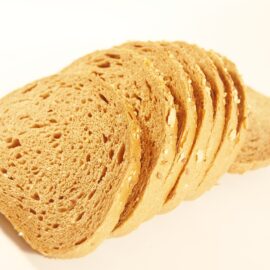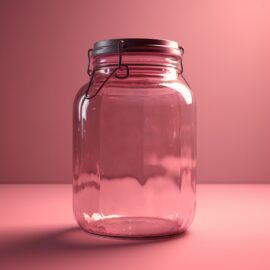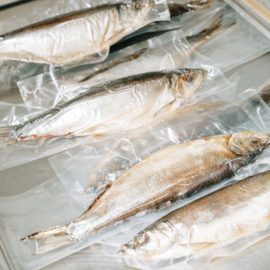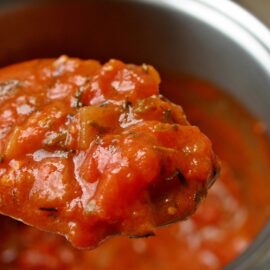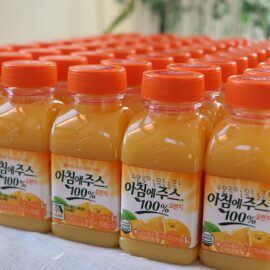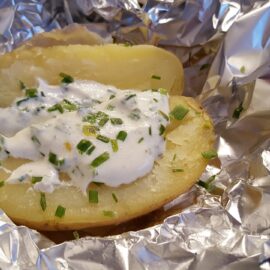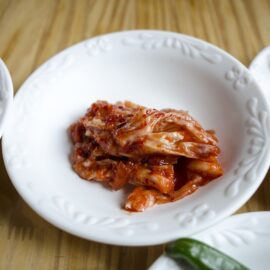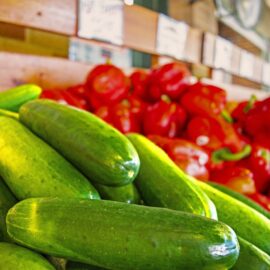During the earliest days of making bread, the ingredients that bakers would use are relatively simple—flour, salt and yeast. The practice of using yeast to make bread rise started as early as 1300 BC. During this period, bread is eaten
How Louis Pasteur Debunked the Spontaneous Generation Theory
What Is Vacuum Packaging In Food Preservation?
Ohmic Heating (Joule Heating) Of Food: How Does It Work?
High-Pressure Processing Of Food: How Does It Work?
Can Food Wrapped In Aluminum Foil Be Heated? (In the Oven/Air Fryer/Microwave)
Can You Really Freeze Kimchi?
Is Paraffin Wax In Food Toxic?
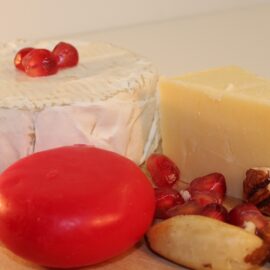
Paraffin wax possesses moisture and oxygen-barrier properties. Moisture and oxygen are external factors that negatively affect the shelf life and quality of food. Certain types of cheeses, for example, require ample amount of moisture to retain its flavor, appearance, and texture for an extended period of time. Gouda, Cheddar, and Queso de Bola (Philippine cheese) often come enclosed in red paraffin wax.
Silica Gel In Food Packaging: A Harmless Ingredient Explained
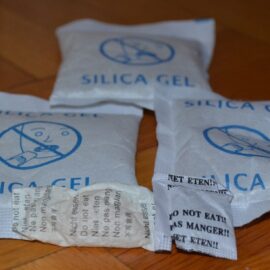
Silica gel is an example of a desiccant. Desiccants are substances that have the capability to absorb and retain moisture. In many industries, silica gel is often used. It is made of silicon dioxide (SiO2), the same compound found in quartz and sand. Its porous structure allows it to absorb water molecules from the surrounding environment.
